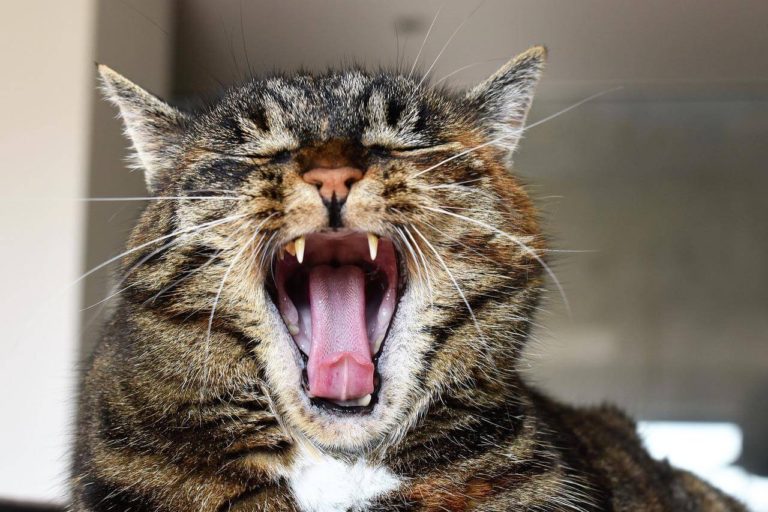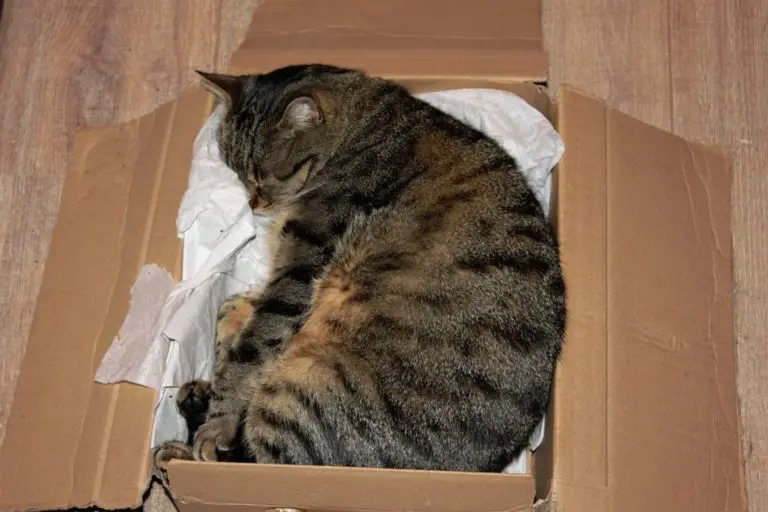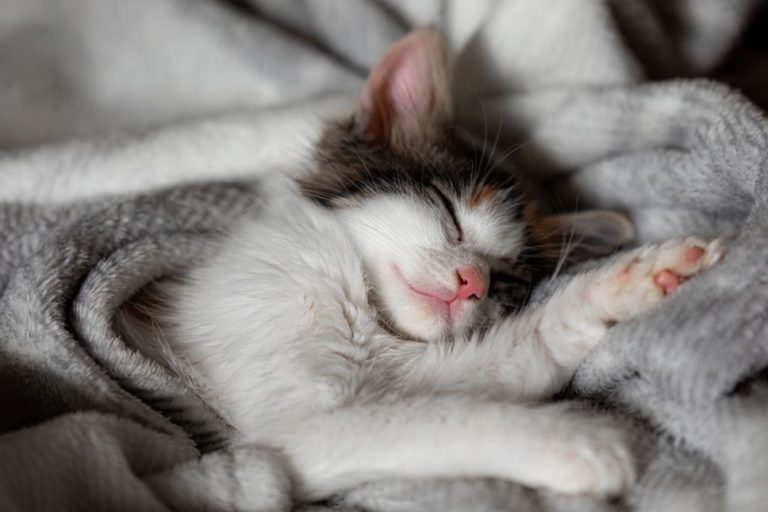
Cats can be allergic to other cats. Yes, it’s true! Cats are very social animals and they tend to live in colonies. If one cat is allergic to another, this can cause a lot of problems for the owner because they will have to deal with two cats instead of one.
Cats are not great at cleaning themselves, especially when they’re not being supervised. So if your cat has allergies that cause him to sneeze and scratch, it’s possible that another cat may be the cause of his symptoms.
There are many allergens that can cause allergic reactions in cats, including dust mites, pollen and grasses. These allergens are major causes of allergies in humans as well.
Some cats may be allergic to other cats because they have an allergen present in their saliva or fur that causes an allergic reaction when they come into contact with it.
If your cat is allergic to other cats, you should take them to the vet right away. The vet will do blood tests and skin prick tests to determine if your cat has an allergy or not.
When it comes time for you to make a decision about whether or not you want to keep your cat or find him a new home, it’s important that you know how allergic they are so that you can make the right choice for them.
Can Cats Be Allergic to Other Cats Fur?
It’s not uncommon for cats to develop allergies to other cats’ fur. Most cats are very clean animals, and will lick themselves to remove any loose fur or dander from their fur.
If a cat has a long-term allergy to the fur of another cat, it can be difficult for them to keep themselves clean without causing harm to their skin.
There are several different types of cats that can trigger this reaction in other cats. The most common culprits include Persian and Himalayan cats, but other breeds may also cause problems.
If you have a cat who is allergic to another cat’s fur, it may be possible to keep them away from the animal by using allergen-removing shampoos or sprays on your pet when they come into contact with the other animal’s fur.
However, if you want to avoid all contact with the offending animal altogether, it’s best to consider getting a second cat that doesn’t trigger your pet’s allergies.
Although allergies to cat hair is extremely rare, it does happen more often than you might think. It’s important to know that allergies are not the same as an infection, so you should always take your cat to a veterinarian if you believe he or she has an infection.
Can Cats Be Allergic to Their Own Fur?
Cats are furry creatures and they enjoy having their hair groomed every now and then. However, there are some cat owners who believe that their cats are allergic to their own fur. The question is: can cats be allergic to their own fur?
The answer is yes, but it’s rare. Most cats aren’t allergic to their own fur, but there are some that might have an allergy or sensitivity to certain types of furs. If your cat doesn’t like the way its fur feels, it could be a sign that it has an allergy or sensitivity towards the material.
A few examples of furs that can cause allergies in cats include:
1) Catsuit – a synthetic material that looks like leather, but isn’t as durable
2) Plastic – like fabrics such as polyester or nylon (not wool)
3) Thinner fabrics such as spandex or Lycra (used in many athletic wear items).
Allergies can cause inflammatory bowel disease, skin infections and even ear infections in cats. People with allergies may develop hives or eczema when exposed to the allergen.
Cats that are allergic to their own fur are often very itchy and scratch themselves excessively during grooming. This can lead to bacterial infections in the skin under the fur, which can become infected and spread throughout your pet’s body.
Can Different Cats Cause Allergies?
The answer is yes, but not in the way you might think. Cats can cause allergies if they are the source of an allergic reaction. That’s why it’s important to know which cats are at risk of causing allergies in your household and what you can do to prevent them from causing a problem.
Allergies are caused by the body’s immune system responding to something that it does not recognize as being harmful. For example, if you have a food allergy, your body will send antibodies to attack any food that you eat that does not fit into your diet.
When these antibodies attach themselves to the food molecule, they cause it to become “poisonous” and then your body breaks down its proteins so that they can be removed from your body.
This is what happens when someone has an allergy. The antibodies attack something they do not recognize as being safe and remove it from their bodies before it can cause harm.
What Are the Symptoms of a Cat-To-Cat Allergy?
If your cat has a cat-to-cat allergy, he may develop an itchy, watery eye. This is often called conjunctivitis. The conjunctiva is the thin membrane that lines the inside of your cat’s eyes.
A cat with a cat-to-cat allergy may also have skin symptoms. The most common symptoms are redness, scaling and crusting around the eyes and mouth. Your cat may also show signs of anxiety or stress, such as pacing or rubbing against furniture or walls.
Symptoms of cat allergies can range from mild to severe. Mild symptoms include sneezing, watery eyes and itchy eyes. More severe symptoms include wheezing, coughing and shortness of breath. Cats with allergies may also have a runny nose, diarrhea or vomiting.
A cat’s immune system plays an important role in protecting them from many types of infections. The same is true for their allergic reactions to certain substances in the environment that can cause an allergic reaction.
A cat’s immune system may react to the presence of pollen or dust mites by producing inflammation and fluid that accumulates under the skin. This fluid is called “allergens” and it causes itching, scratching and licking at the site where the allergen was detected.
How Can I Help My Cat’s Pet Allergies?
Allergies are a real problem for cats, but there are some things you can do to help your cat’s allergies.
You can start by giving your cat a good diet. Cats need protein to build up their immune system, so try feeding them canned or dry food instead of kibble. You should also feed him treats that have high levels of omega-3 fatty acids, which help with skin and coat problems.
If you’re unsure what kind of food your cat likes, try different brands until you find one they like. Cats don’t like being told what to eat (and they won’t eat the same thing every day), so once you find something he likes, stick with it!
You can also make sure your cat gets plenty of fresh water each day by filling his bowl up with fresh water at least once a day and ideally twice a day. This will help keep his skin hydrated and reduce the chances of him developing dry skin allergies in the first place!
Keeping the environment clean. Cats love to lounge in warm, moist places and many have sensitive skin. Dirty litter boxes can cause irritation and make it more difficult for your kitty to breathe. Be sure to wash the box daily and change the litter every week or two.
Avoiding dust mites. Dust mites are tiny creatures that feed on dead skin cells and dander (the fine hair on your cat’s body). They thrive in warm, humid areas like the bedroom and bathroom where your cat spends most of its time sleeping and lounging. Remove clutter from her environment regularly to prevent dust mites from breeding indoors.


![cat making muffins Why Do Cats Make Muffins? [Feline Kneading Behavior]](https://kitteria.com/wp-content/uploads/2022/10/cat-making-muffins-768x472.jpg)




